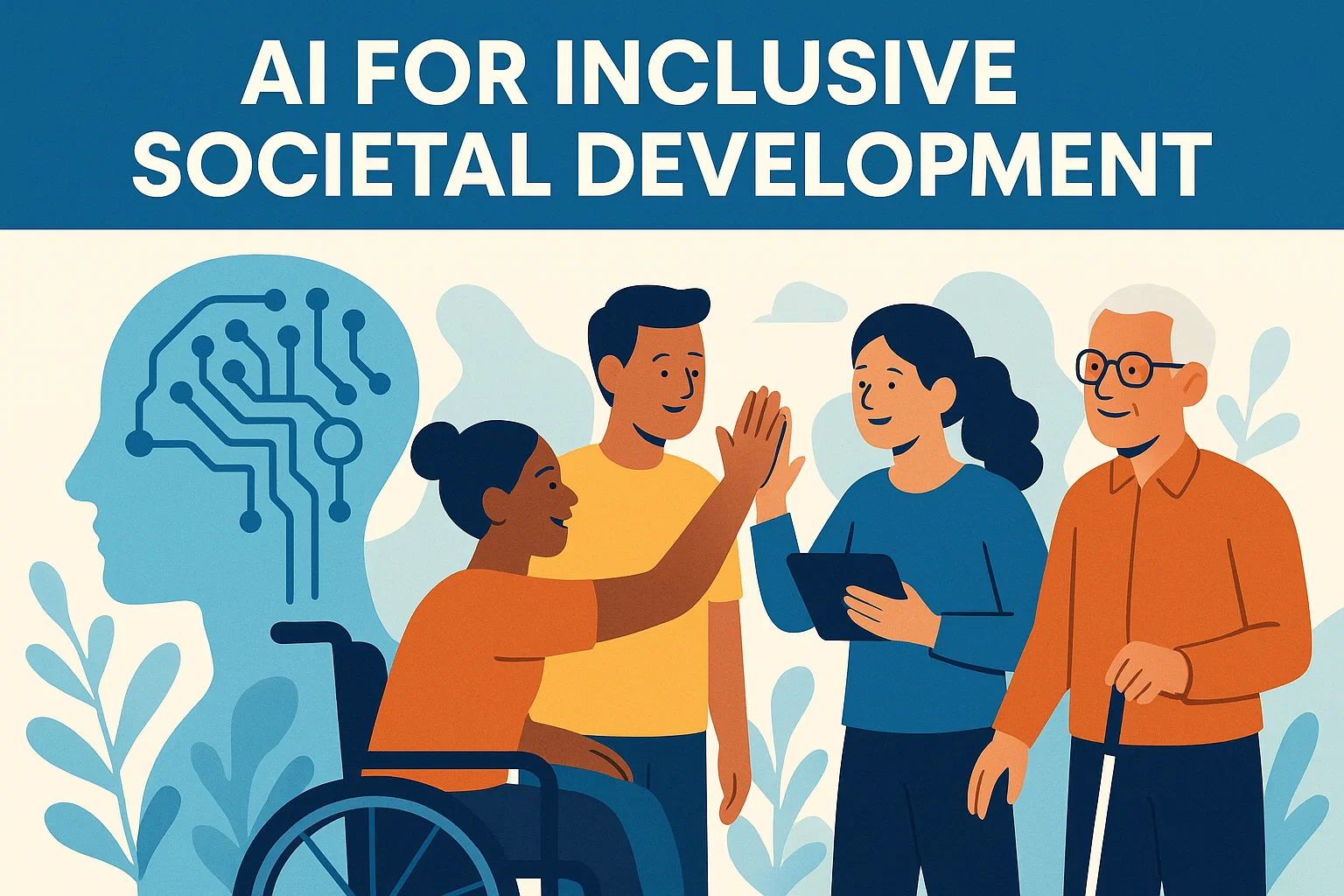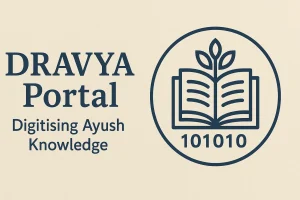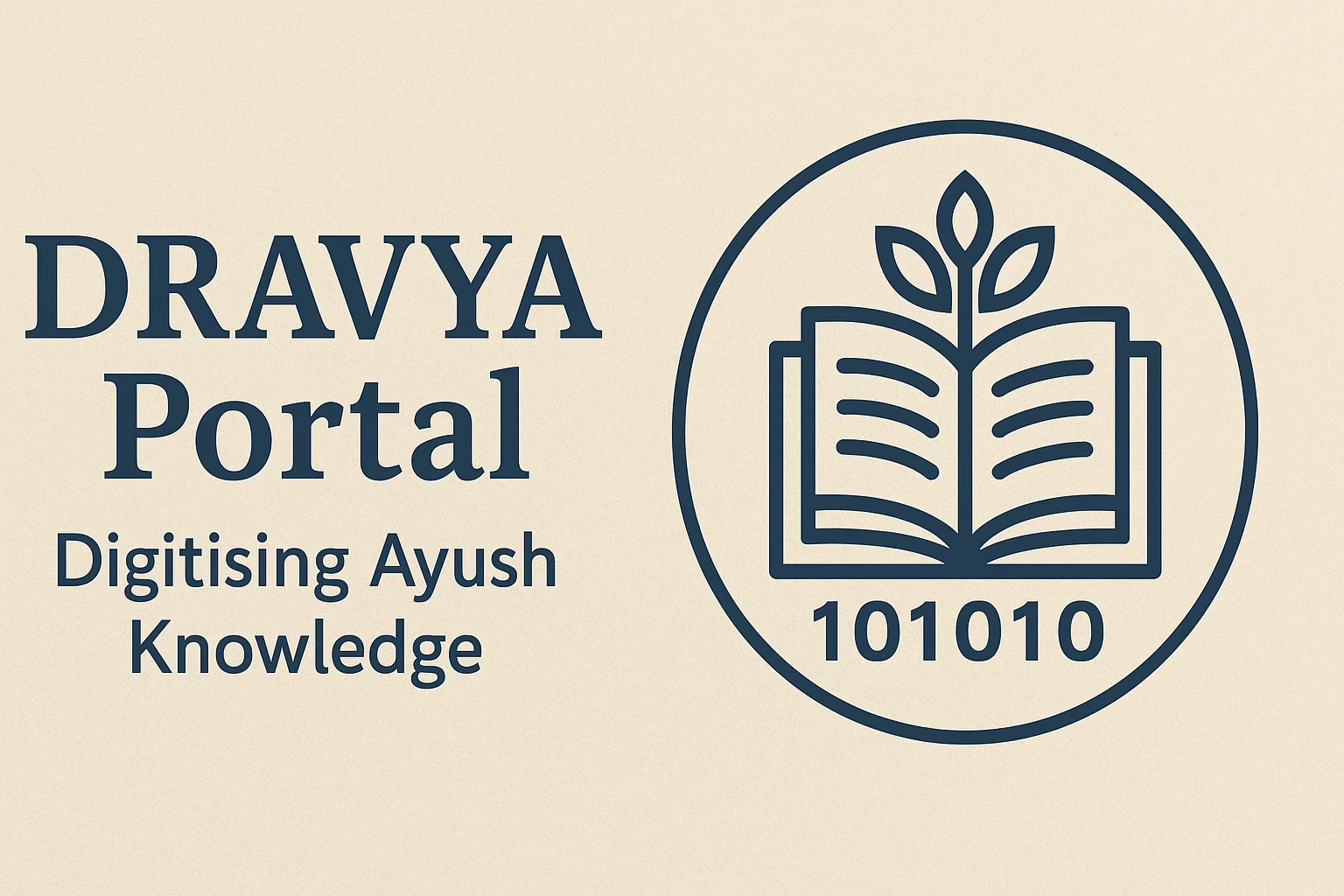AI for Inclusive Societal Development
NITI Aayog’s study “AI for Inclusive Societal Development” highlights the need for equitable AI growth. It proposes Mission Digital ShramSetu to empower India’s 490 million informal workers through AI, blockchain, and digital skilling for inclusive economic transformation.
Context
The NITI Aayog has released a pioneering study titled “AI for Inclusive Societal Development”, aiming to ensure that the benefits of the digital revolution reach the grassroots of India’s economy. This landmark report redefines the narrative on artificial intelligence (AI) by placing social inclusion and economic equity at the heart of technological progress.
About the Study
The report marks a paradigm shift in global AI discourse, focusing on India’s 490 million informal workers—a demographic that contributes nearly half of the nation’s GDP yet remains largely outside formal systems of skilling, social protection, and productivity enhancement. These workers form the backbone of India’s economic engine, but their lack of access to digital tools and institutional frameworks has kept them marginalised in the age of automation.
The study cautions that, without deliberate intervention, AI could widen existing inequalities. To prevent this, it proposes Mission Digital ShramSetu—a national mission designed to create an enabling ecosystem where AI and frontier technologies can empower informal workers, enhance livelihoods, and integrate them into India’s march towards Viksit Bharat 2047.
Mission Digital ShramSetu envisions a future in which technology does not replace human effort but augments capabilities, ensuring that progress is inclusive, ethical, and sustainable.
Challenges with Respect to AI in the Informal Sector
1. Structural Exclusion
Informal workers operate outside formal systems of protection, data records, and policy inclusion. This structural invisibility makes it difficult for conventional technology interventions to identify, reach, or benefit them effectively.
2. Threat of Widening Inequality
Globally, the AI conversation has been dominated by its application in formal sectors and white-collar jobs. Without targeted policy action, automation could displace low-skilled labour and deepen socio-economic divides, leaving informal workers even more vulnerable.
3. Access and Affordability Barriers
AI-driven tools are expensive to develop and deploy. Combined with the low purchasing power of informal workers, this limits their ability to adopt and benefit from these technologies.
4. Absence of a Supportive Ecosystem
The report identifies a lack of coordinated infrastructure, including research and development (R&D), scalable skilling programmes, and policy frameworks. These elements are crucial to ensuring AI’s relevance and affordability for India’s informal sector.
5. The High Cost of Inaction
If the present trend persists, informal workers’ average annual income is projected to stagnate at around USD 6,000 by 2047, far below the USD 14,500 benchmark necessary for India to attain high-income status. This underlines the urgency of intervention to bridge the digital and economic divide.
Key Recommendations from the Report
1. Launch Mission Digital ShramSetu
At the core of NITI Aayog’s roadmap lies Mission Digital ShramSetu, advocating a mission-mode approach to make AI accessible, affordable, and impactful for informal workers. The mission will leverage AI, blockchain, and immersive learning technologies to bridge digital and social gaps.
2. Promote Collaborative Governance
The study stresses that success is “non-negotiable” without multi-stakeholder collaboration involving government, industry, academia, and civil society. A cooperative framework is vital to build an inclusive and sustainable innovation ecosystem.
3. Dismantle Structural Barriers
Technology must directly address the core vulnerabilities of informal workers:
-
Financial Insecurity: Use AI and blockchain for easy access to credit, micro-insurance, and welfare benefits.
-
Limited Market Access: Develop AI-enabled platforms linking farmers, artisans, and vendors with broader domestic and global markets.
-
Lack of Skilling: Implement adaptive, modular, and demand-driven digital skilling programmes tailored to informal sector realities.
4. Prioritise Human-Centric Design
The proposed roadmap is distinctive for placing human experience at its centre. It calls for designing AI solutions that reflect the voices, challenges, and aspirations of informal workers rather than imposing top-down technological models.
5. Drive Focused R&D and Innovation
The report urges targeted R&D investment to lower the cost of frontier technologies and make scalable, context-specific solutions for the informal economy. This focus on frugal innovation aligns with India’s broader goal of technology for all (Tech4All).
Conclusion
The AI for Inclusive Societal Development study by NITI Aayog is a clarion call for ethical and equitable AI deployment. By proposing Mission Digital ShramSetu, it reframes technology as an instrument of inclusion, not exclusion. The report’s vision harmonises India’s twin aspirations of economic growth and social justice, ensuring that the AI revolution uplifts every worker, every enterprise, and every community — a foundational step towards Viksit Bharat 2047.
Subscribe to our Youtube Channel for more Valuable Content – TheStudyias
Download the App to Subscribe to our Courses – Thestudyias
The Source’s Authority and Ownership of the Article is Claimed By THE STUDY IAS BY MANIKANT SINGH



